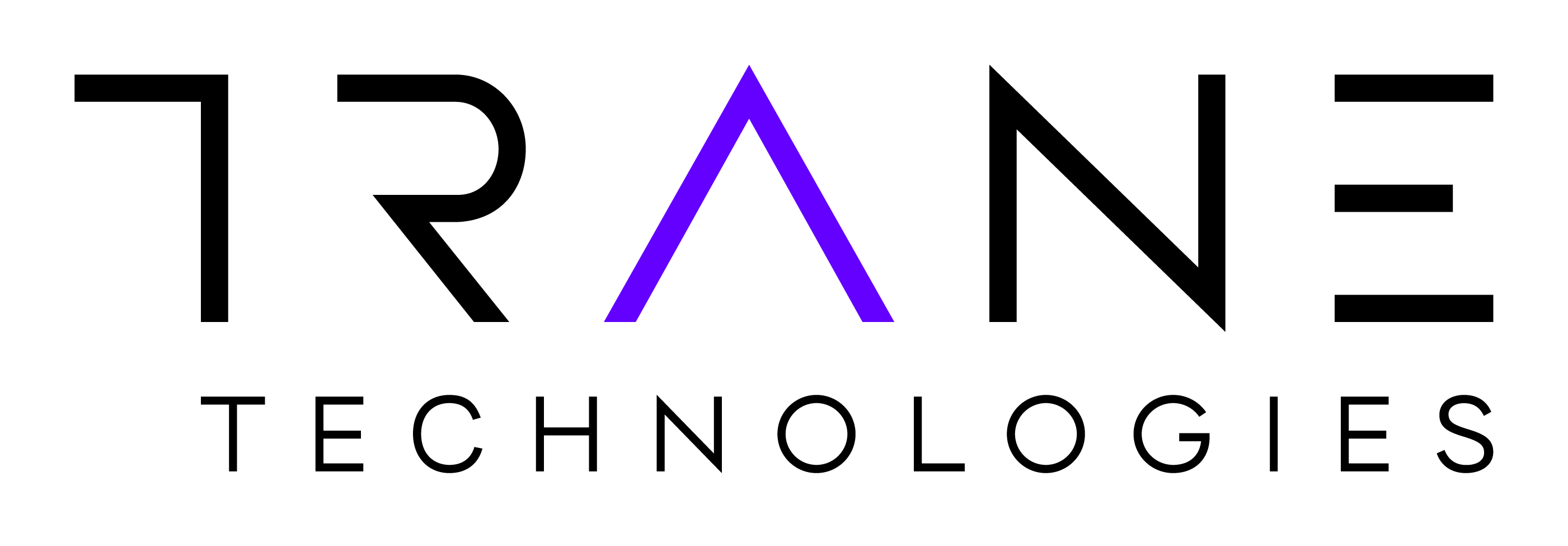Trane Launches New Products to Help Customers Meet Climate Goals

On Tuesday at an intimate event for employees, Trane, a leading global provider of indoor comfort solutions and services and a brand of Ingersoll Rand, unveiled a revolutionary lineup of new products to assist customers in meeting their efficiency- and sustainability-related commitments. Yesterday, the company made its formal public announcement.
This new range of product offerings provides advanced heating, ventilation and air conditioning (HVAC) solutions to help companies and cities reach efficiency and sustainability goals through an expanded range of centrifugal chiller options in the United States and Canada. Both products offer high efficiency and performance, and use next-generation, low global warming potential (GWP) refrigerants.
Due to the use of next-generation, low GWP refrigerants these products have earned Ingersoll Rand’s EcoWise endorsement. EcoWise is a portfolio of products designed to lower environmental impact with next generation, low global warming potential refrigerants and high-efficiency operation.
In 2017, Trane will offer small tonnage CenTraVac chillers with a choice of either R-123 or R-514A, a next generation, low global warming potential (GWP) refrigerant from Chemours (marketed as Opteon™ XP30). R-514A is a next generation alternative to R-123 with similar efficiency and performance.
- R-514A has ultra-low GWP of less than two
- It is non-ozone depleting, non-flammable, low pressure and has similar performance to R-123
- Conversion to R-514A requires minimal rework – which means that customers who want to switch refrigerants on existing units can do so without purchasing a new unit
In addition, Trane will now offer in the United States and Canada, large tonnage CenTraVac models CVHH (Simplex) and CDHH (Duplex™) with R-1233zd.
- These units have been available in Europe, Middle East, Japan and other 50Hz markets, and deliver up to 17 percent better efficiency over competitive next generation chillers that use R-513A, and at least 13.5 percent better than chillers using HFCs today

